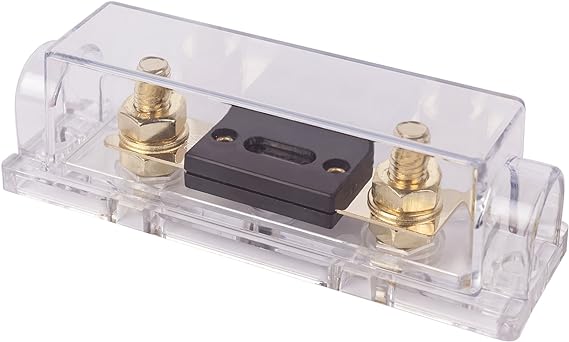If you buy something like battleborn lifepo4 batteries they come complete with the charge controller so battery management is not an issue these are still 870 for 1 kwh of power storage, good for 3000 to 5000 discharge cycles.
however if you buy a solar phone charger system from amazon and a propane camp stove, for the coffee etc, you might save some money, as well have devices to take home for the event of a long power failure (assuming you have an electric stove)
The new breed of LFP (LiFePO4) 12V batteries comes with an internal BMS (Battery Management System). It is not a charge controller per se, but rather a circuit to monitor the individual voltages of the 4 cells inside the 12V package.
A typical BMS will disconnect the battery from the external circuit if: 1) any of the 4 cells exceeds 3.7V, and 2) any of the 4 cells drops below 2.4V. This protects the cells from being ruined by overcharging and overdischarging, even though the risk of fire from LFP cells is much less than other chemistries.
Another important function of the BMS is cell balancing. What happens is that cells don't age uniformly, and with time their voltages drift apart. The balancing function is to keep the cell voltages more even. Here's how it works.
An LFP cell full-charge voltage is 3.6V, so you will set the external charge controller voltage to 3.6V x 4 = 14.4V. However, suppose you have a weaker cell with less capacity than its cohorts, such that it gets full sooner. You may have the cell voltages as 3.9+3.5+3.5+3.5 = 14.4V. So, the weaker cell is getting overcharged.
Without opening up the battery case to measure the voltage of the individual cells, you will not be aware of the above condition. Enter the cell-balancing BMS.
What the BMS does is to detect any cell that has its voltage above 3.6V. It then applies a small load to that cell to bleed off the charge. Thus, the cell that is already full will not get charged further, while the other cell voltages slowly catch up.
The monitoring and control function of the BMS is contained in a single chip smaller than your fingernail. This supervisory chip then switches on/off a bank of high-current MOSFET transistors which can handle the 100s of ampere flowing in/out of the cells. Price of a BMS depends on its current rating, which dictates how many MOSFETs are employed. And the MOSFET heat must be dissipated by a large heatsink, which drives up the cost.
There are 12V 100Ah LFP batteries with an internal BMS going for $400 on Amazon. The BMS takes the risk off using the lithium cells. The BMS usually also provides short-circuit protection, by shutting off the MOSFETs when the drawn current exceeds a limit.



